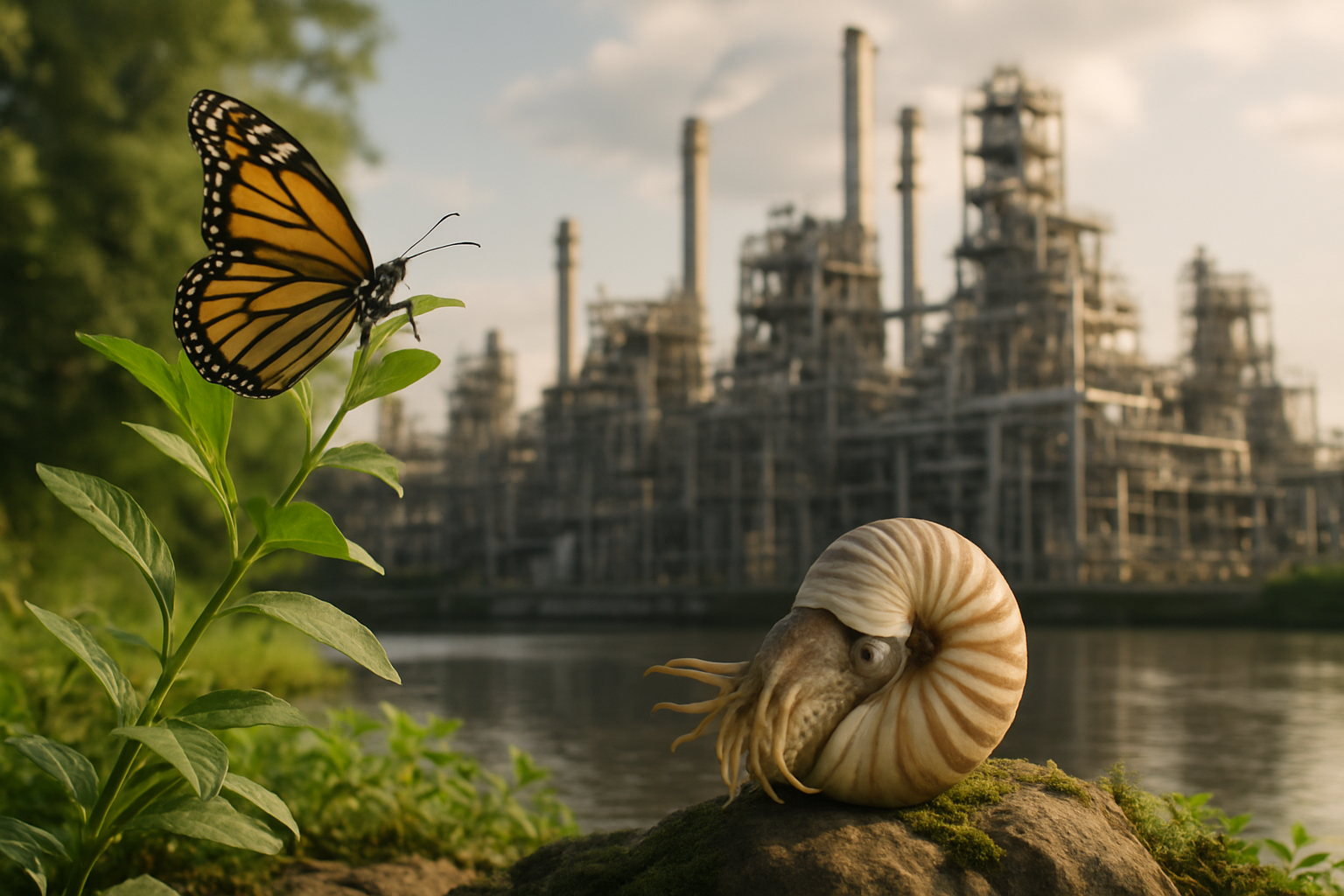Decoding the Mysterious World of Axolotl Regeneration
The enigmatic axolotl, a salamander native to Mexico, has captivated scientists and animal enthusiasts alike with its extraordinary ability to regenerate lost body parts. This remarkable creature can regrow not just limbs, but also vital organs like the heart and brain. As we delve into the fascinating realm of axolotl regeneration, we'll explore the groundbreaking research that's uncovering the secrets behind this seemingly magical power and its potential implications for human medicine.

The Axolotl’s Evolutionary Journey
The axolotl’s regenerative abilities are deeply rooted in its evolutionary history. These salamanders diverged from other amphibians millions of years ago, retaining and enhancing their regenerative capabilities throughout their evolution. Unlike most salamanders, axolotls exhibit neoteny, a condition where they retain juvenile features into adulthood. This perpetual state of youth is believed to play a crucial role in their regenerative abilities, as it allows them to maintain a high level of cellular plasticity throughout their lives.
Unraveling the Cellular Mechanics of Regeneration
At the heart of axolotl regeneration lies a complex interplay of cellular processes. When an axolotl loses a limb, a specialized structure called the blastema forms at the site of injury. This mass of undifferentiated cells serves as the foundation for the regeneration process. Scientists have identified key genes and signaling pathways that orchestrate the formation and development of the blastema, providing valuable insights into the molecular mechanisms driving regeneration.
The Role of Stem Cells in Axolotl Regeneration
Stem cells play a crucial role in the axolotl’s regenerative abilities. Unlike humans, who have a limited supply of stem cells, axolotls maintain a large population of these versatile cells throughout their bodies. When injury occurs, these stem cells are rapidly mobilized to the site of damage, where they proliferate and differentiate into the various cell types needed to rebuild lost tissues. This abundance of stem cells, combined with the axolotl’s unique genetic programming, allows for the seamless regeneration of complex structures.
Comparing Axolotl Regeneration to Other Species
While other animals, such as starfish and certain lizards, can regenerate lost body parts, the axolotl’s abilities are particularly remarkable among vertebrates. Humans and other mammals have limited regenerative capabilities, typically restricted to healing wounds and regenerating certain tissues like liver cells. The stark contrast between axolotl regeneration and human healing processes has led researchers to explore the genetic and cellular differences that underlie these disparate abilities.
Implications for Human Medicine and Regenerative Therapies
The study of axolotl regeneration holds immense potential for advancing human medicine. By understanding the molecular mechanisms that drive axolotl regeneration, scientists hope to develop new therapies for treating a wide range of injuries and diseases in humans. Current research focuses on identifying key genes and signaling pathways involved in axolotl regeneration and exploring ways to activate similar processes in human cells.
Challenges in Translating Axolotl Regeneration to Humans
While the prospect of human limb regeneration remains a distant goal, researchers are making significant strides in applying axolotl-inspired regenerative therapies to specific medical conditions. Spinal cord injuries, heart disease, and neurodegenerative disorders are among the areas where axolotl research shows particular promise. However, translating these findings to human applications presents numerous challenges, including differences in cellular biology and immune responses between species.
Conservation Efforts and the Future of Axolotl Research
As scientists continue to unravel the mysteries of axolotl regeneration, conservation efforts have become increasingly important. The wild axolotl population in Mexico has been severely depleted due to habitat loss and pollution, with the species now critically endangered. Efforts to protect and restore axolotl habitats are crucial not only for preserving this unique species but also for ensuring continued access to their valuable regenerative abilities for scientific study.
Ethical Considerations in Axolotl Research
The use of axolotls in scientific research raises important ethical considerations. While their regenerative abilities offer tremendous potential for medical advancements, it is essential to balance scientific progress with animal welfare. Researchers are developing more humane experimental methods and exploring alternatives to reduce the number of animals used in studies.
The Road Ahead: Emerging Technologies and Future Directions
As technology advances, new tools and techniques are revolutionizing axolotl research. CRISPR gene editing, single-cell sequencing, and advanced imaging technologies are providing unprecedented insights into the cellular and molecular mechanisms of regeneration. These cutting-edge approaches are paving the way for more targeted and effective regenerative therapies inspired by the axolotl’s remarkable abilities.
The study of axolotl regeneration represents a frontier in biological research with far-reaching implications for human health and medicine. As scientists continue to decode the secrets of these extraordinary creatures, we move closer to unlocking new possibilities in regenerative medicine. While many challenges lie ahead, the axolotl’s ability to regrow lost body parts serves as a powerful reminder of nature’s ingenuity and the untapped potential within the animal kingdom to transform human health care.





